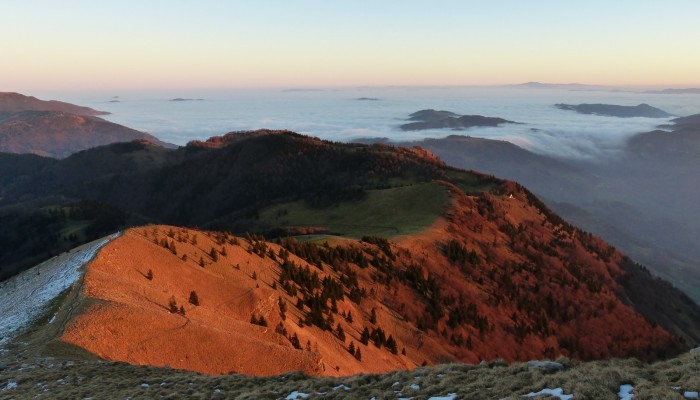In this edition of GeoEd, Sam Illingworth, a lecturer in science communication at Manchester Metropolitan University, explores the benefits of a more informal teaching style and how the incorporation of play into everyday teaching can help to engage and enthuse students who oterhwise struggle to connect with the sciences. Despite the hard work, there are some real perks to being a scientists: fiel ...[Read More]
Imaggeo on Mondays: A thermal inversion

This week’s Imaggeo on Mondays image is brought to you by Cyril Mayaud, from the University of Graz (Austria), who writes about an impressive hike and layers of cold and warm air. Thermal inversion is a meteorological phenomenon which occurs when a layer of cold air is trapped near the Earth’s surface by an overlying layer of warmer air. This can happen frequently at the boundary between mountaino ...[Read More]
GeoTalk: How hydrothermal gases change soil biology
The biosphere is an incredible thing – whether you’re looking at it through the eye of a satellite and admiring the Amazon’s vast green landscape, or looking at Earth’s surface much more closely and watching the life that blossoms on scales the naked eye might never see, you are sure to be inspired. Geochemist, Antonina Lisa Gagliano has been working on the slopes of Pantelleria Island in an effor ...[Read More]
Imaggeo on Mondays: Foehn clouds
This week’s post is brought to you by Stefan Winkler, a Senior Lecturer in Quaternary Geology & Palaeoclimatology, who explains how the mountain tops of the Southern Alps become decorated by beautiful blanket-like cloud formations. The Sothern Alps of New Zealand are a geoscientifically dynamic environment in all aspects. They are arguably one of the youngest high mountain ranges in the ...[Read More]
